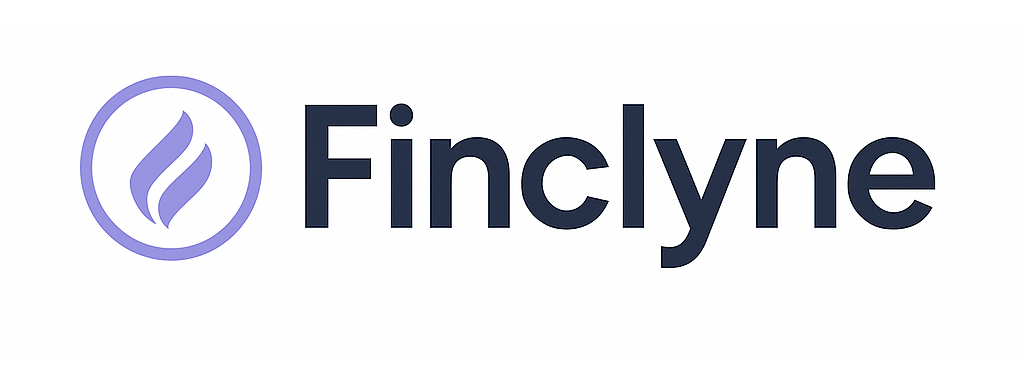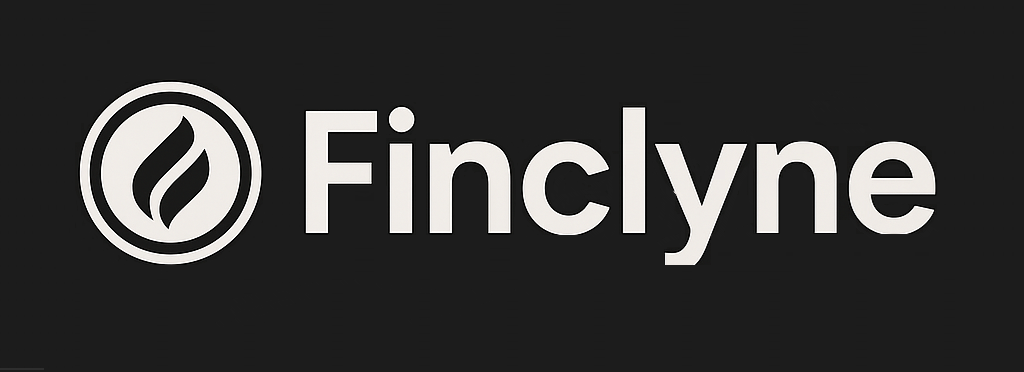This Week’s July Range Reset Could Signal Where Markets Head Next
After several weeks of quiet, sideways trading, global markets have arrived at a critical juncture. Major indices like the S&P 500 and the Nasdaq have been moving within a well-defined and relatively narrow range for most of July, a common phenomenon as summer trading volumes thin out. However, this period of calm appears to be ending, with a packed economic calendar this week poised to act as a powerful catalyst. The resulting price action could break the market out of its recent confines and set the dominant trend for the rest of the summer.
This consolidation phase, often referred to as coiling, has established clear technical levels that analysts are watching intently. For the S&P 500, the market has found a floor, or “support,” where buyers have consistently stepped in, preventing further declines. Simultaneously, it has struggled to push past a ceiling, or “resistance,” where sellers have taken profits. Think of it as a tug-of-war where neither side has gained a decisive advantage. This week, that stalemate is likely to be broken. The primary driver will be the release of crucial inflation data, most notably the Consumer Price Index (CPI). For over two years, inflation has been the central character in the market’s story, dictating the policy path of the Federal Reserve. A CPI reading that comes in cooler than expected would bolster the argument that the Fed’s interest rate hikes are working, potentially fueling a powerful rally and sending markets above the established resistance level. Conversely, a hotter-than-anticipated number could spook investors, reigniting fears of a more aggressive, “hawkish” Fed and potentially causing a sharp drop below the support floor.
Beyond the headline inflation number, traders will be dissecting minutes from the Federal Reserve’s latest policy meeting and paying close attention to speeches from various Fed officials. Any subtle shift in language or tone can send ripples through the market, as investors hunt for clues about the timing of potential interest rate cuts. This macro-economic tension is compounded by the unofficial start of the second-quarter earnings season. While economic data provides a bird’s-eye view, corporate earnings offer a ground-level perspective on the health of the economy. Reports from bellwether companies in the banking, technology, and consumer sectors will provide tangible evidence of whether corporate profits are holding up against the backdrop of higher borrowing costs and shifting consumer behavior. A wave of strong earnings reports and optimistic forward guidance could provide the fuel needed to sustain a breakout, while widespread misses could confirm bearish fears and trigger a sell-off. The confluence of these powerful forcestechnical patterns, pivotal inflation data, Fed signaling, and corporate health checksmakes this week a crucial inflection point. The direction chosen in the coming days is unlikely to be a temporary blip; rather, it could well define the market’s trajectory heading into the fall.
—





